Places
Historic Places
White City Amusement Park
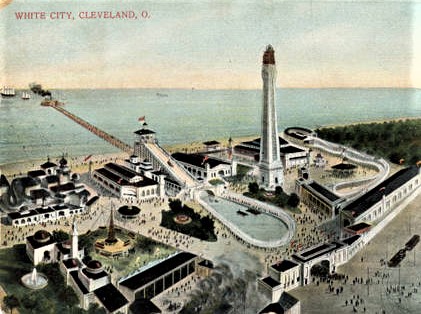
Lakeside Construction Company, who planned and built Dreamland in New York City and was in the process of building White City in Chicago, purchased Manhattan Beach in 1900 in Collinwood on the Lake at Lake Shore Boulevard, a starting at the eastern end of what is now Bratenahl. The park's arched entrance faced East 140th Street. The Manhattan Beach name changed to White City, Amusement Park.
The park became transformed with the addition of various rides, theaters, and wild animal acts. In addition to swimming, attractions included a chute-the-cutes ride, a "Tokio" teahouse, and sideshows featuring such acts as Bonavita, the lion trainer, Madame Morelli, the leopard trainer, Omar Sami, and the Flying Lady and Bobby Mack and Dynamite his bucking donkey.
In the golden era of Cleveland’s amusement parks, White City Amusement Park was built to compete with the most successful Euclid Beach Park, located a mile to the east, and served by the same streetcars. The LS&MS Collinwood station at 140th street also provided convenient access. Unlike Euclid Beach, White City charged an admission fee, which hurt business.
White City Amusement Park also adopted the ideas of Coney Island’s Dreamland Park by bringing in entertainers and celebrities to draw people. Cleveland suffered from a lack of star power, and the Dreamland concept was unsuccessful.
Almost from the start, White City Amusement Park seemed plagued by several problems. One night in May 1906, during a violent electrical storm, the complex was hit by lightning and burned to the ground. Reports stated that village elders disliked this gaudy establishment on their eastern border, and the Almighty shared the dislike.
In 1907, the "Last Days of Pompeii" was staged at the park, but not for long. A terrific wind and rainstorm made Pompeii fall, volcano, and all. White City roofs blew off, and the crowd-pleasing amusement place sustained severe damage.
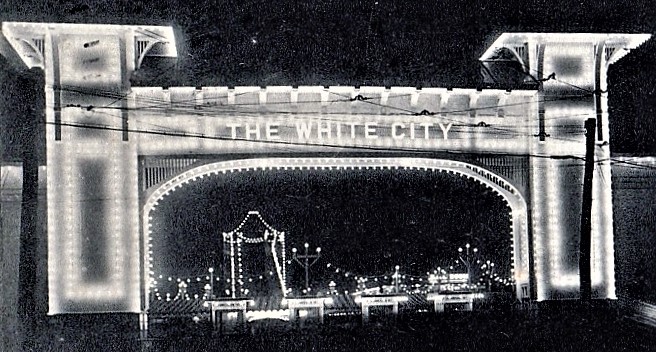


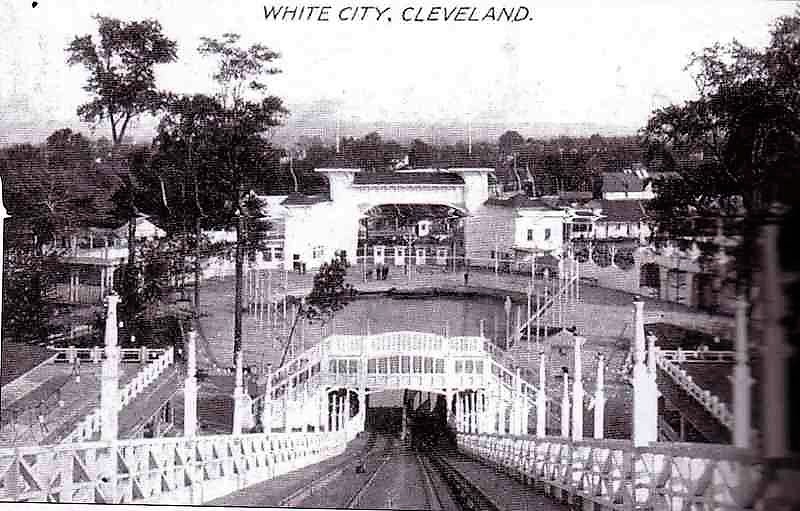
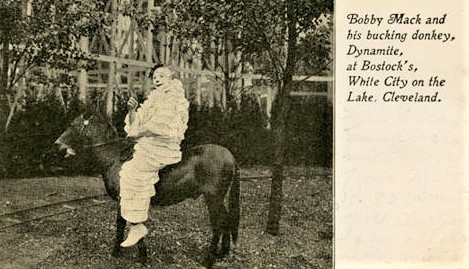
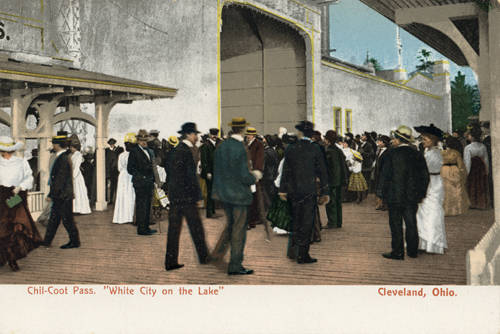


White City Amusement Park closed in July 1908, due to problems such as trainers mauled by some of the big cats, issues with the trolley line service that brought visitors to the park and competition from nearby Euclid Beach Park.
The park reopened as White City Beach, a beach only. With the approval of nearby residents, the Village of worked out an agreement with the City of Cleveland, allowing the public to swim at White City Beach during daylight hours. The agreement provided that Cleveland build a fence between the beach and the residents' homes and erect clothes-changing tents to prevent displays of immodesty until construction of a permanent bathhouse.
The City of Cleveland built a sewer processing facility just to the east of the beach. Health officials were concerned about raw sewage dumped into the lake near the beach and drinking water intakes. Instead of treating the wastewater, the City of Cleveland built a big interceptor sewer to carry wastes farther east, where prevailing winds and lake currents would take the pollution safely away from the intakes.
The City of Cleveland transferred ownership of White City Beach to the Cleveland Regional Sewer District as a result of a court order in 1973. The sewer district's desire to land-bank the property until it might be needed for the expansion of the adjacent treatment plant resulted in the termination of public access to the only lakefront park in Bratenahl.
